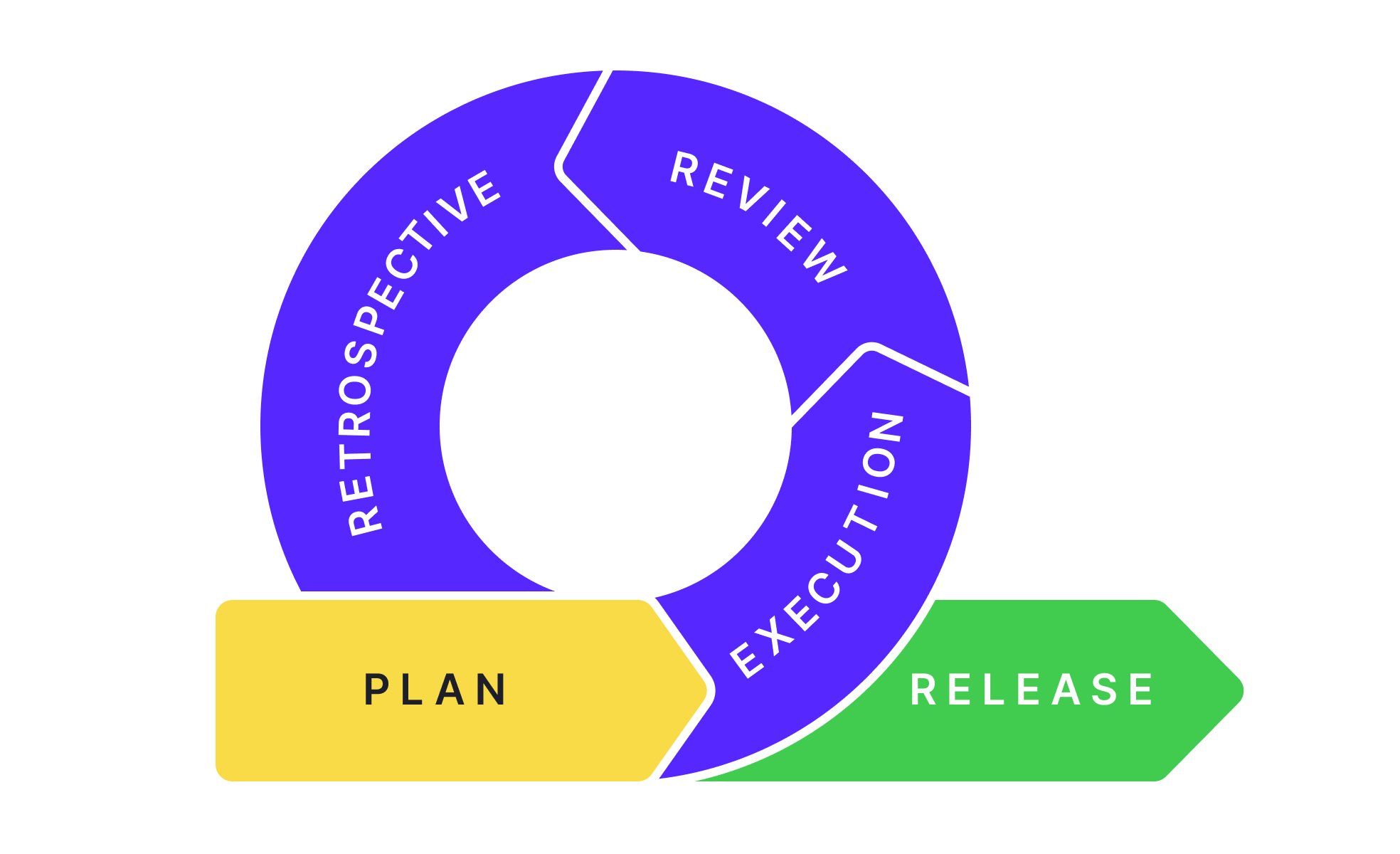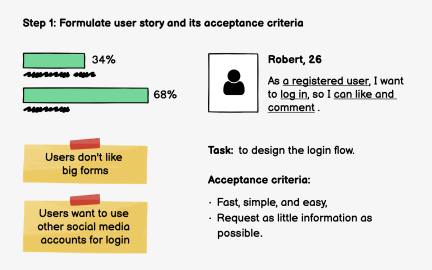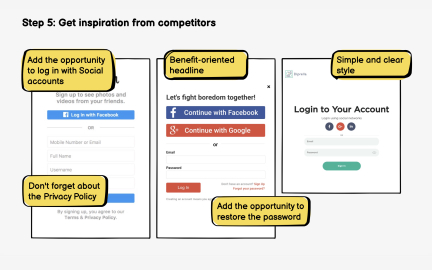Agile Framework
An agile framework is a structured approach, like Scrum or SAFe, that guides how teams apply agile principles in real-world development.

What is Agile Framework?
Your software development produces late, over-budget projects that miss customer needs because traditional waterfall approaches assume you can predict everything upfront, leading to rigid plans that can't adapt when reality inevitably differs from initial assumptions.
Most organizations hear about "being agile" without understanding that agile frameworks provide specific principles, practices, and ceremonies that enable iterative development and continuous learning, missing the disciplined approach that makes flexibility productive rather than chaotic.
An agile framework is a structured approach to software development that emphasizes iterative delivery, customer collaboration, self-organizing teams, and responding to change through specific methodologies like Scrum, Kanban, or XP that operationalize agile principles.
Teams using agile frameworks effectively deliver working software 50% faster, achieve 60% better customer satisfaction, and adapt to changes 70% more successfully because development follows proven patterns for iterative learning rather than hoping flexibility somehow creates value.
Think about how Spotify uses agile frameworks to release features continuously while maintaining quality, or how Amazon deploys code thousands of times daily through agile practices that turn change from risk into competitive advantage.
Why Agile Frameworks Matter for Modern Development
Your development teams struggle with changing requirements and market dynamics because traditional approaches treat change as failure rather than reality, leading to products that were perfect for yesterday's needs but miss today's opportunities.
The cost of inflexible development compounds through every missed market opportunity and dissatisfied customer. You deliver outdated solutions, waste effort on unused features, demoralize teams with death march projects, and lose competitive position while more agile competitors iterate rapidly.
What effective agile frameworks deliver:
Better customer alignment and satisfaction because agile frameworks prioritize working software and customer feedback over comprehensive documentation and rigid contracts.
When teams use agile frameworks properly, products evolve with customer needs rather than delivering what seemed important months ago during planning.
Enhanced team productivity and morale through empowerment and sustainable pace rather than command-and-control management that burns out talented developers.
Improved risk management and predictability because iterative delivery surfaces problems early rather than discovering integration issues months into development.
Stronger innovation and adaptation capability as agile frameworks embrace change rather than resisting it, turning market dynamics into opportunities rather than disruptions.
Faster time-to-market and value delivery through incremental releases rather than big-bang deployments that delay value realization until everything is "complete."
Advanced Agile Framework Practices
Once you've mastered basic agile practices, implement sophisticated framework adaptations and scaling approaches.
Framework Hybridization: Combine elements from multiple frameworks rather than purist adoption, creating custom approaches that fit your specific context perfectly.
Agile Beyond Software: Apply frameworks to marketing, HR, and other functions rather than limiting to development, spreading agility throughout organizations.
Distributed Agile Frameworks: Adapt practices for remote teams rather than assuming co-location, maintaining agile benefits across geography and time zones.
Agile Metrics Evolution: Move beyond velocity to flow metrics rather than traditional measurements, ensuring frameworks optimize for value delivery not activity.
No, Agile is used in many areas beyond software, including design, marketing, and operations.
Waterfall is linear and planned upfront, while Agile is adaptive and works in short, repeatable cycles.
Yes, Agile is about principles, not tools. Teams can follow Agile values without a specific framework.
Step 1: Understand Agile Principles Before Practices (Week 1)
Study the Agile Manifesto values and principles deeply rather than jumping to ceremonies, ensuring practices serve purposes rather than becoming empty rituals.
This creates agile framework foundation based on mindset rather than mechanical process adoption that misses the cultural transformation enabling agility.
Step 2: Choose Appropriate Framework for Context (Week 1-2)
Select Scrum for complex product development, Kanban for continuous flow, or hybrid approaches rather than forcing one framework everywhere, matching method to work characteristics.
Focus framework selection on team needs rather than industry trends, ensuring practices fit your specific challenges rather than following fashion.
Step 3: Start with Core Practices and Ceremonies (Week 2-3)
Implement essential elements like sprints, standups, and retrospectives rather than trying everything at once, building habits gradually rather than overwhelming teams with change.
Balance framework purity with practical adaptation to ensure practices work in your environment rather than forcing textbook implementations.
Step 4: Develop Agile Roles and Responsibilities (Week 3-4)
Establish Product Owners, Scrum Masters, and team responsibilities rather than mapping old roles to new names, ensuring people understand and embrace new ways of working.
Step 5: Measure and Adapt Framework Implementation (Month 2+)
Track whether agile practices improve outcomes rather than just following process, adapting framework elements based on what works for your teams and context.
This ensures agile frameworks serve business goals rather than becoming rigid processes that replace old bureaucracy with new ceremonies.
If agile frameworks don't improve results, examine whether you've embraced principles rather than just adopting practices without cultural change.
The Problem: Agile frameworks becoming rigid processes that teams follow mechanically without understanding why, creating "agile waterfall" that misses agility benefits.
The Fix: Regularly revisit agile principles rather than just practices, ensuring ceremonies serve purposes rather than becoming empty compliance activities.
The Problem: Partial agile adoption that keeps old governance and funding models, constraining teams within framework practices that can't overcome organizational impediments.
The Fix: Address organizational changes needed for agile success rather than expecting team-level practices to overcome system-level constraints.
The Problem: Resistance from stakeholders who want predictability and detailed plans, undermining agile flexibility with demands for false certainty.
The Fix: Educate stakeholders on agile benefits through demonstration rather than argument, showing how iterative delivery provides better outcomes than detailed planning.
Create agile framework implementations that enable true agility rather than rebranding old practices with new terminology.
Recommended resources
Courses

Building Agile Teams

HTML Foundations

Mentorship Mastery
Lessons

Adding Wireframes to Agile User Stories

Innovation Culture in Design Teams

What is Agile?
Exercises
Projects

Car Rental - Structured Contact Form

Tiko App - Application for people with heart disease












